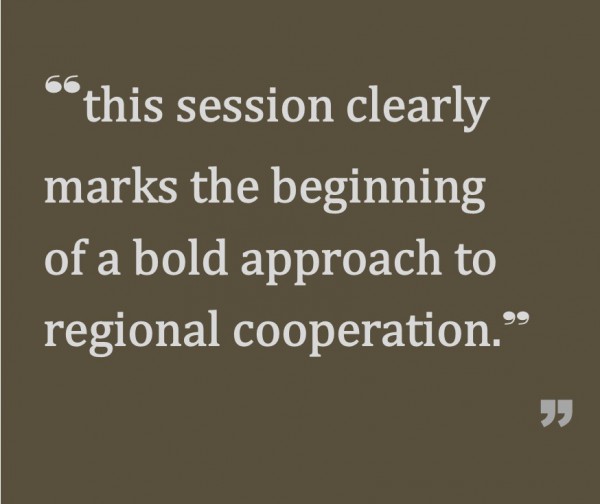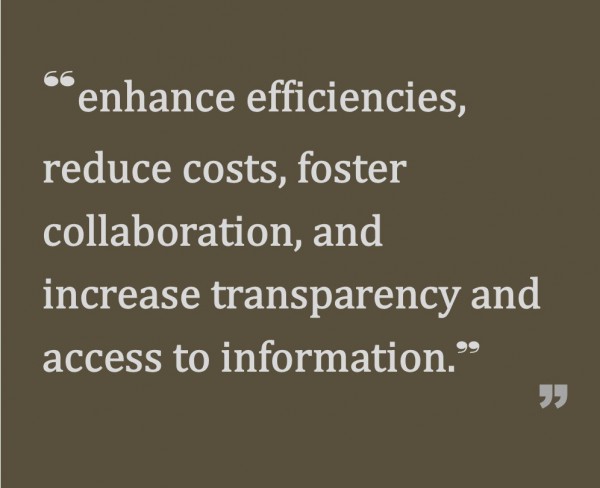PERSPECTIVE: Progress Made on Regional Cooperation During 2016 Session
/by Mary Glassman
The stroke of midnight on May 4 will signal the official close of Connecticut’s 2016 legislative session. Regardless of what bills pass during the last few days at the Capitol, this session clearly marks the beginning of a bold approach to regional cooperation, and it paves the way for us to meet the state’s growing needs and demographic changes.
As the state wrestles with ways to close a $1.1 billion deficit that is projected for next fiscal year, it is clear that a strategic plan is needed to identify the state’s future goals and to ensure that the state is providing services and educating all of Connecticut’s children. The many bills introduced this session that focus on regional cooperation offer a glimmer of hope. Connecticut may be ready to do just that.
Even the titles of the bills introduced this session provide us with a clue that Connecticut is ready to move forward. Bills that made it out of committee and are waiting to be debated on the floors of the House of Representatives and the Senate include: “An Act Concerning Regional Education,” “An Act Concerning Regionalism,” “An Act Concerning Regional Technology,” and “An Act Concerning Regional Efficiencies.”
Ideas included in the various legislative proposals would allow for the expansion of cooperative purchasing for towns and school districts through existing regional organizations, such as the state’s six regional educational service centers and nine councils of governments. The bills would also provide incentive funds for towns and schools to combine non-educational, backroom functions like human resources, finance, or technology services, and they would encourage long-term technology planning, which would enhance efficiencies, reduce costs, foster collaboration, and increase transparency and access to information.
For example, a proposed education bill would provide town and school districts with startup costs when they combine non-educational, backroom functions. While some towns, such as Mansfield, West Hartford, and Waterford, already share those behind-the-scene functions, other towns could use a little extra help when evaluating whether local taxpayers would save money by having different entities working together.
Another bill would require future enrollment projections to be provided as part of a request for state funding for the construction of new schools. This would encourage neighboring communities to share enrollment needs and to examine ways the state can help municipalities work together.
As local officials face uncertainty about state funding in this year’s budget, and probably in subsequent budgets, doesn’t finding ways to reduce costs by working together make sense?
___________________
Mary Glassman is Manager of CREC’s Office for Regional Efficiencies.
PERSPECTIVE commentaries by contributing writers appear each Sunday on Connecticut by the Numbers.
LAST WEEK: Social Media Manipulation: Worse than Advertising?





























